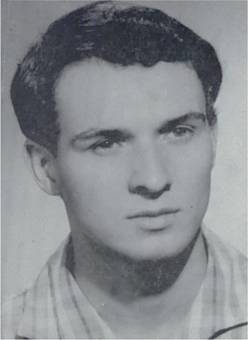Exhibition of the Czech Reformation in the European context
CH In the Epoch of Temptation (1939–1968)
CH 1 During the Nazi Occupation
1. Map of the Protectorate Bohemia and Moravia after March 15th, 1939
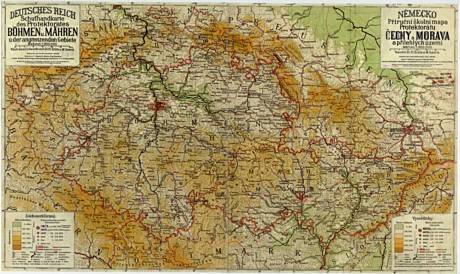
2. During the Nazi occupation the activity of the Church was limited, the Synodical Senior J. Křenek had to leave Prague to Nové Město in Moravia, but the attendance at congregational assemblies was high. The Faculty of Theology was closed in November 1939 as well as all Czech universities; the Synodical Council helped with special courses in the Church.
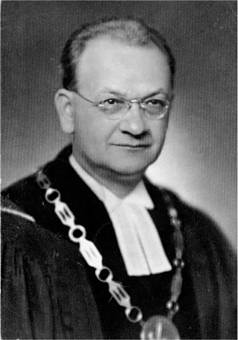
3. Many members of the Church got involved in counter-Nazi revolt, either with active resistance or with help to endangered people. Often whole families were involved this way, e.g. in northern Highlands (i.e. Bohemia-Moravia Highlands) or in Wallachia.
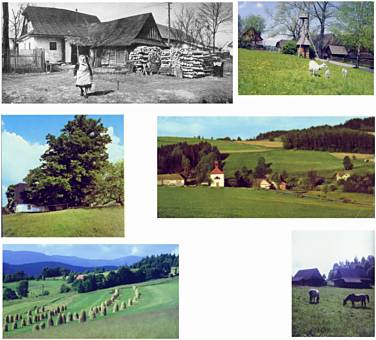
4. Some parsons took part directly in revolt and that is why they were jailed in concentration camps for several years, as for example František Dobiáš or Bohumír Opočenský and Miloš Bič, later Old Testament specialist at the Faculty of Theology.
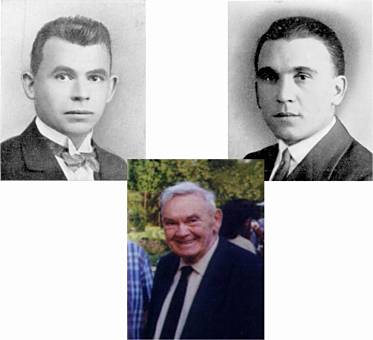
5. Also other members of the revolt were faithful Christians – apart from YMCA workers Jaroslav Šimsa and Jaroslav Valenta it was one member of the legendary trinity of officers – heroes of the domestic revolt, Václav Morávek, too.
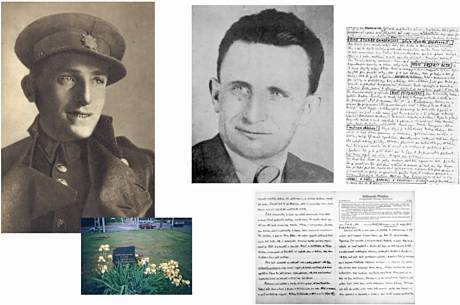
6. xcept from the domestic front many people fought in foreign armies, e.g. Vladimír Herčík, parson, who wanted to be an ordinary member of the bomber crew in order to live his faith credibly among his colleges. As an ecclesiastic worked for example Karel V. Vít from the Czechoslovak Church.
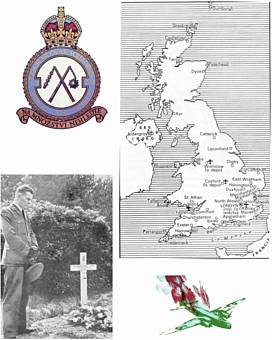
CH 2 After May 1945
1. Besides joy from the liberation there was also sorrow and pain. Přemysl Pitter and Olga Fierzová brought help. After years they were both gratefully remembered.
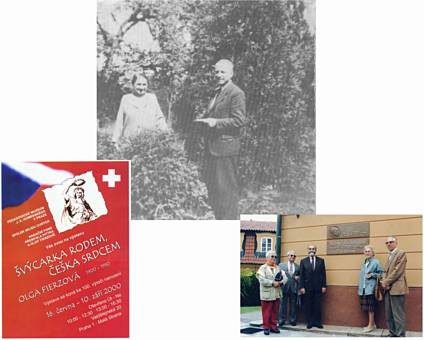
2. Christians and Jews under their leadership at four mansions helped back to the life to at first Jewish children from concentration camps, then to German children from internment camps. Many of these children met together after many years again, too.
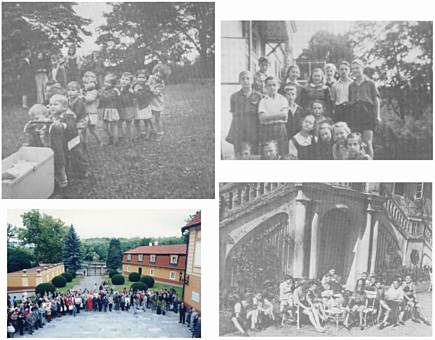
3. When significant part of German population was forced to leave the frontier area, many settlers from the interior have come there. New congregations were found, but some original interior congregations became weakened – Janské Lázně once and today
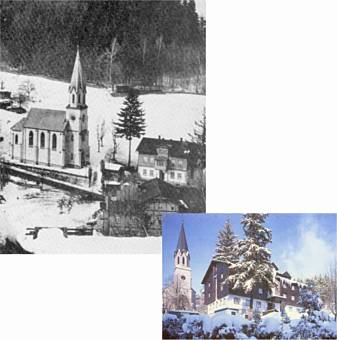
4. Re-exiles from Poland, especially Zelów, from Silesia that became Polish have returned to the land of their fathers and mothers. – Churches in Zelów and Strzelin.
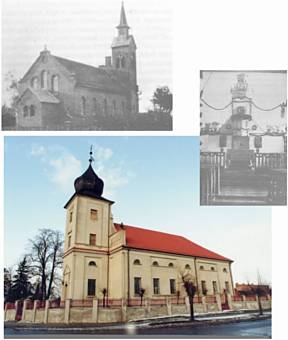
5. Re-exiles stayed together and created new congregations, e.g. in Černošín in Western Bohemia.
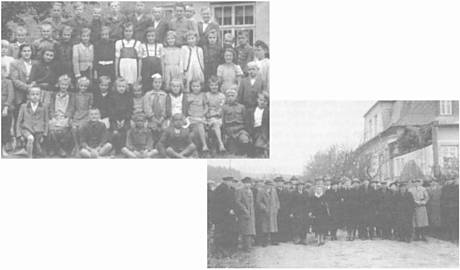
6. The wooden church in Prague Braník is very interesting exhibition of the post-war period.
– This time the effort of the Bethlehem Chapel's renewal developed again.
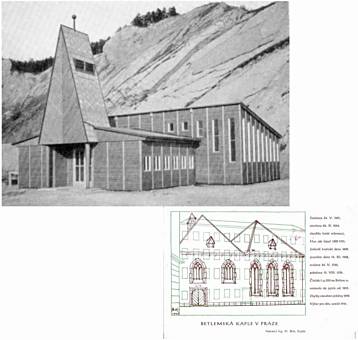
CH 3 After February 1948
1. February 1948 changed the appearance of the state. The so-called fictitious trials that happened just at the beginning of 1950's, should have intimidated people. That time also the only executed woman, Protestant Dr Milada Horáková was put to death.
– One letter written before the execution
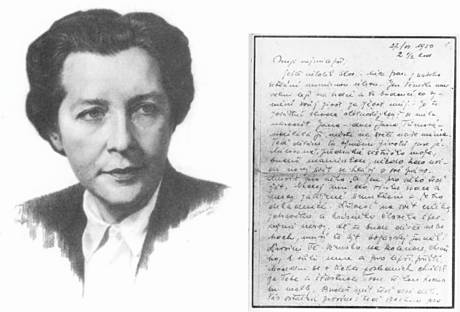
2. In 1949 there were released new ecclesiastic laws for all Churches the same. They were basically similar to Toleration period's laws – Churches were under supervision of the state and Christians were second-rate citizens. Especially for the Roman Catholic Church, which had never gone through this experience, it was extra shocking experience. ECCB tried during these difficult days to build its congregational facilities (Jilemnice, Rožnov under Radhošť, Kateřinice).
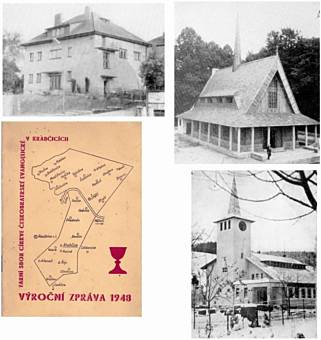
3. Also re-exiles that time created their congregational centre (Chotiněves) despite disgrace.
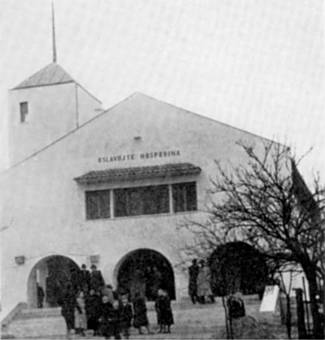
4. Social institutes of the Church were stepwise put under state control (Myslibořice, Krabčice etc.).
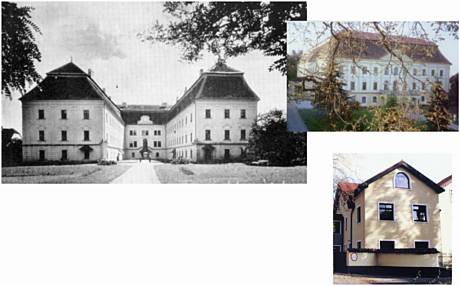
5. The work with children and teenagers should have definitely stopped, too. [Comenius' Summer Camp in Běleč upon Orlice and other similar facilities were dissolved (restored after November 1989)]. Thanks to the initiative of R. Říčan the realization of the unsafe Family Law Bill had been prevented.
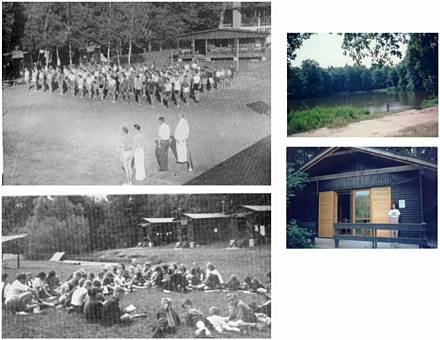
6. Tense atmosphere after August 1968 became the "nutritious soil" for the act of unusual resolution. Student Jan Palach, who as "live torch" wanted to rouse the conscience of the nation, as Protestant participated the life of his congregation.
